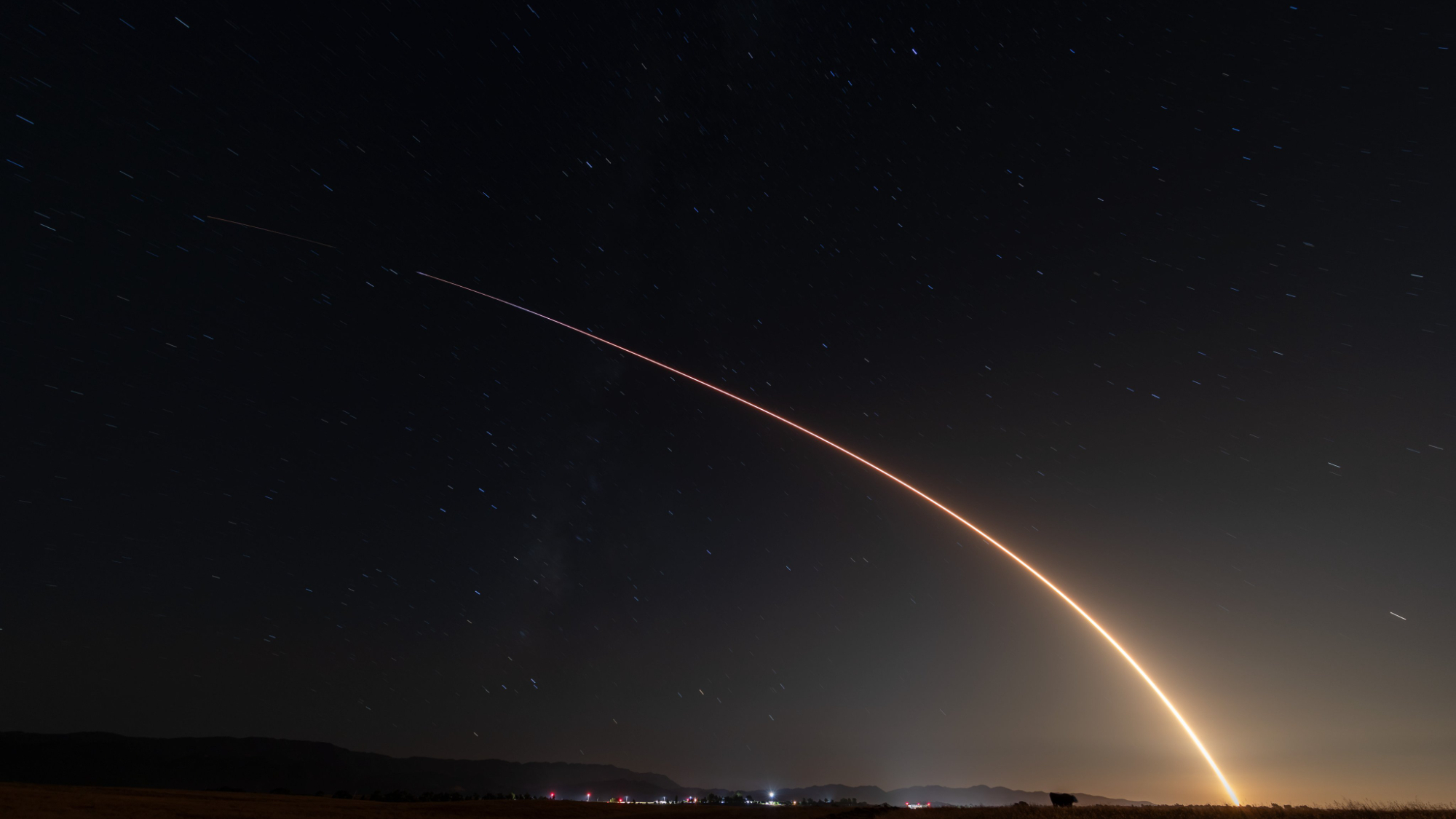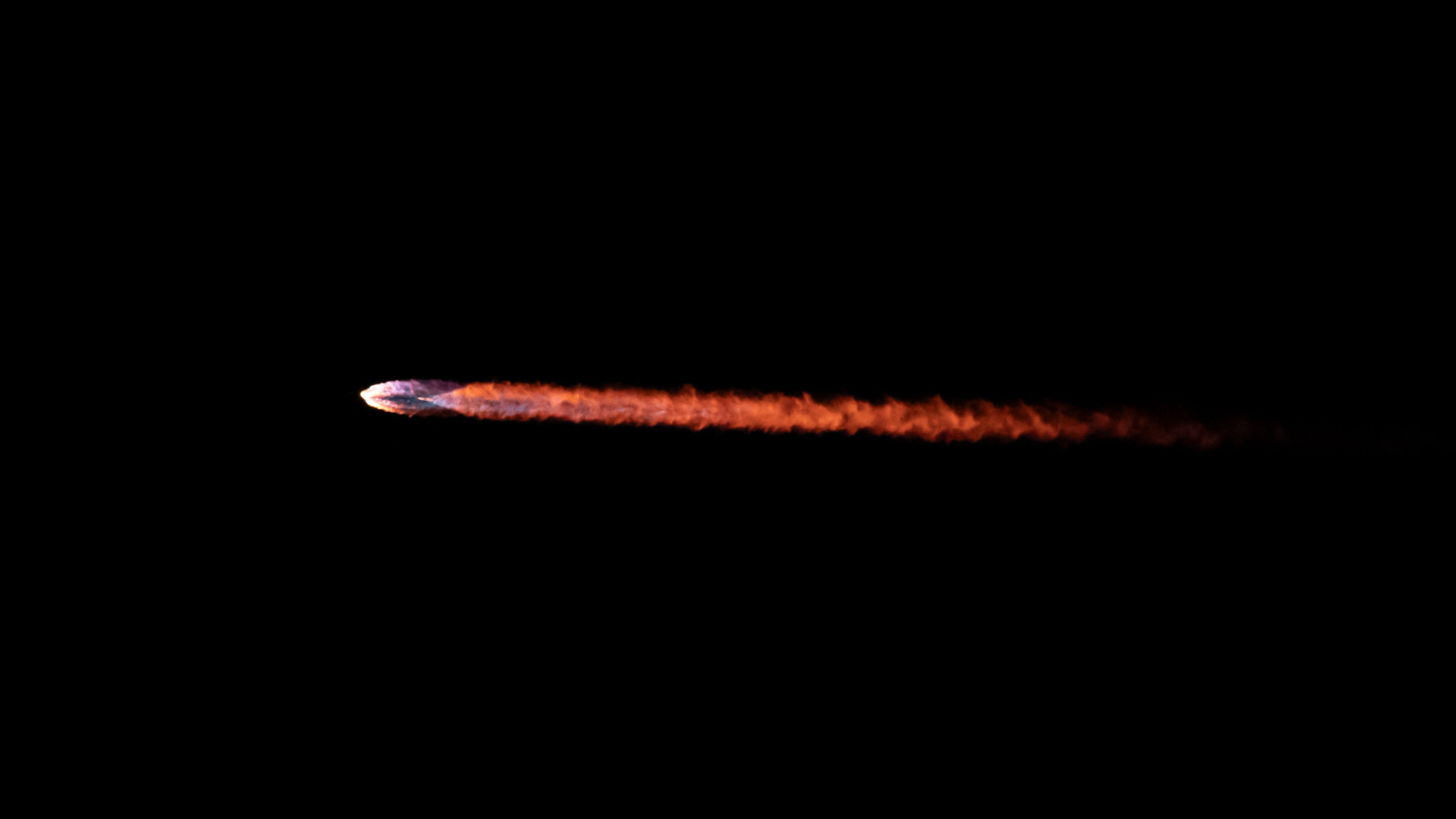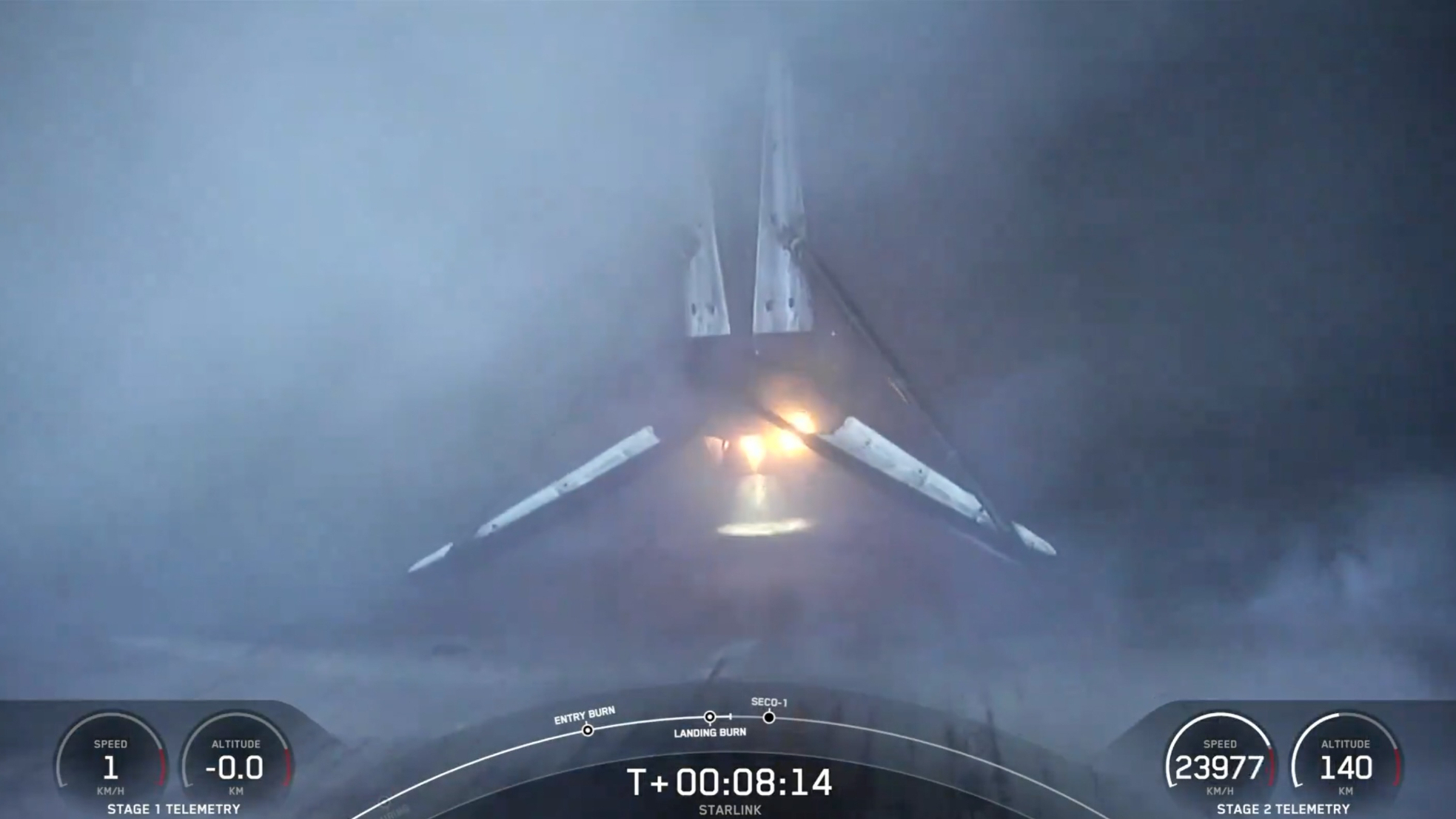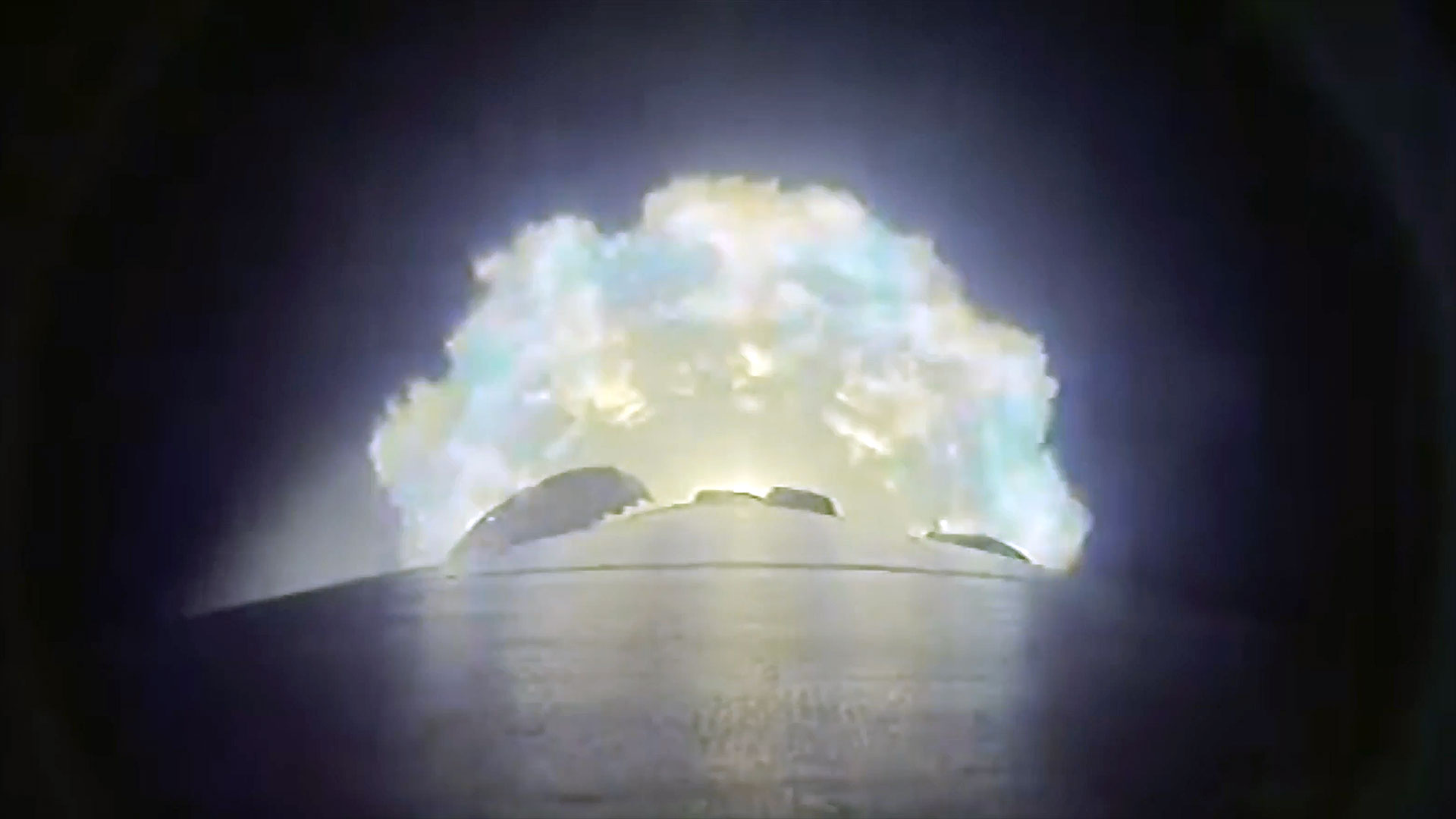SpaceX launches 23 Starlink satellites to orbit from California (video, photos)
SpaceX launched another batch of its Starlink satellites to orbit early Sunday (Aug. 4), continuing a busy stretch for the company.
A Falcon 9 rocket topped with 23 Starlink spacecraft lifted off from California's Vandenberg Space Force Base on Sunday at 3:24 a.m. EDT (0724 GMT; 12:24 a.m. local California time).
The Falcon 9's first stage returned to Earth about eight minutes after launch as planned, landing on the SpaceX droneship Of Course I Still Love You, which was stationed in the Pacific Ocean.
It was the sixth launch and landing for this particular booster, according to SpaceX.
The Falcon 9's upper stage did its job as well, deploying the 23 Starlink satellites into low Earth orbit as planned, the company announced via X.
Related: Starlink satellite train: how to see and track it in the night sky
Friday's launch was SpaceX's fifth in a little over a week, following a Starlink liftoff on July 27, two more on July 28 and yet another one on Friday (Aug. 2).
Breaking space news, the latest updates on rocket launches, skywatching events and more!
The Falcon 9 hadn't flown for two weeks before this busy stretch, grounded in the wake of a rare Falcon 9 failure on July 11. That anomaly stemmed from a leak of liquid oxygen in the rocket's upper stage, which was caused by a crack in a line for a pressure sensor in the liquid-oxygen system — a problem that SpaceX has apparently solved, given the events of the past eight days.

Michael Wall is a Senior Space Writer with Space.com and joined the team in 2010. He primarily covers exoplanets, spaceflight and military space, but has been known to dabble in the space art beat. His book about the search for alien life, "Out There," was published on Nov. 13, 2018. Before becoming a science writer, Michael worked as a herpetologist and wildlife biologist. He has a Ph.D. in evolutionary biology from the University of Sydney, Australia, a bachelor's degree from the University of Arizona, and a graduate certificate in science writing from the University of California, Santa Cruz. To find out what his latest project is, you can follow Michael on Twitter.



